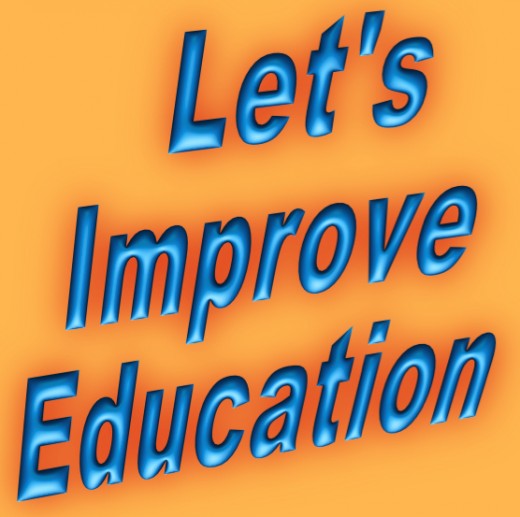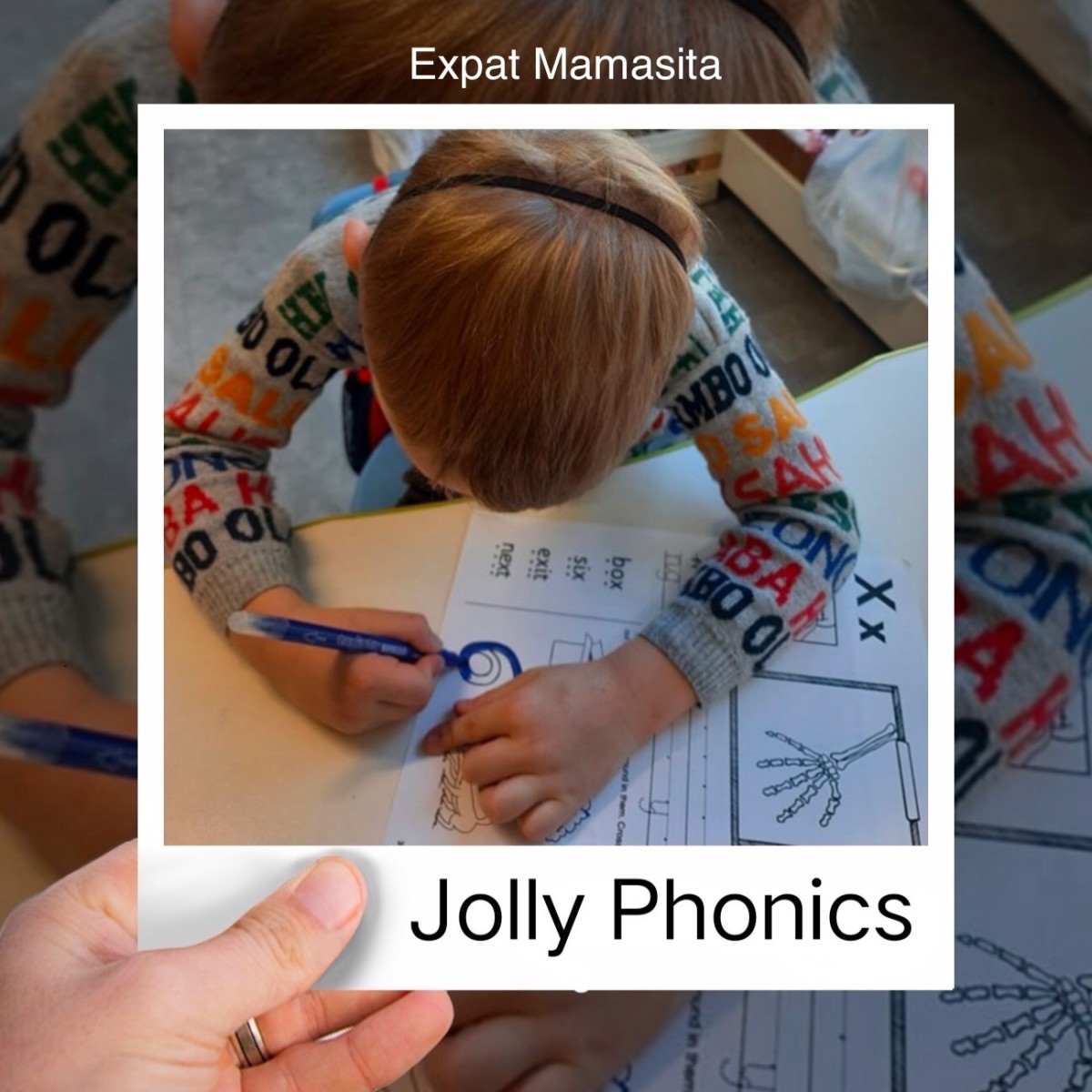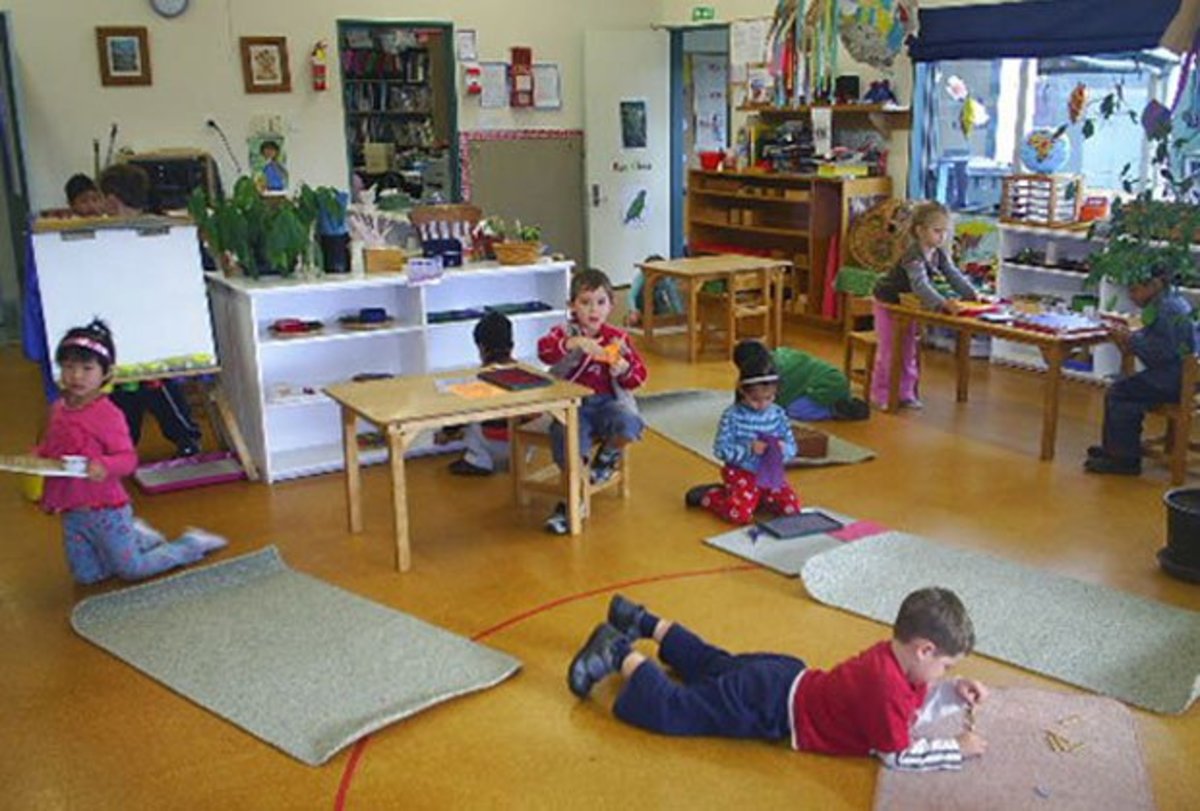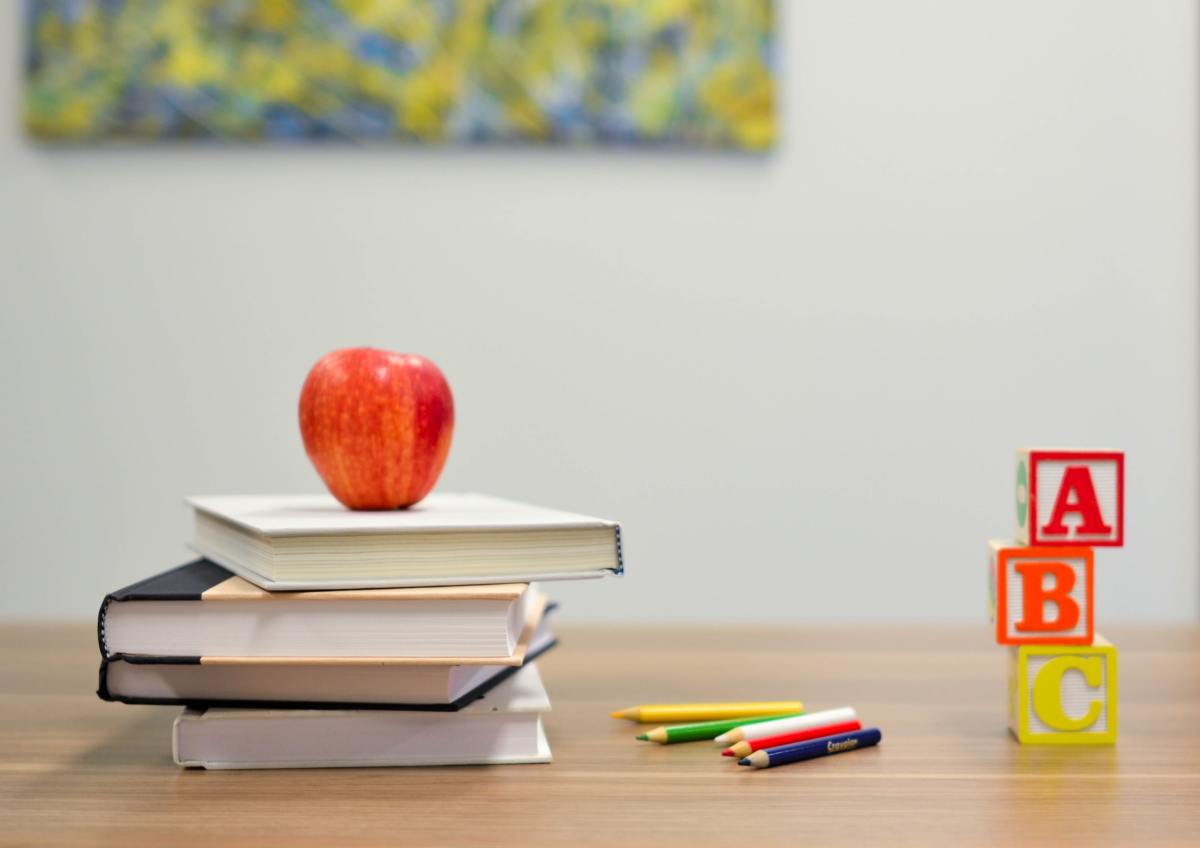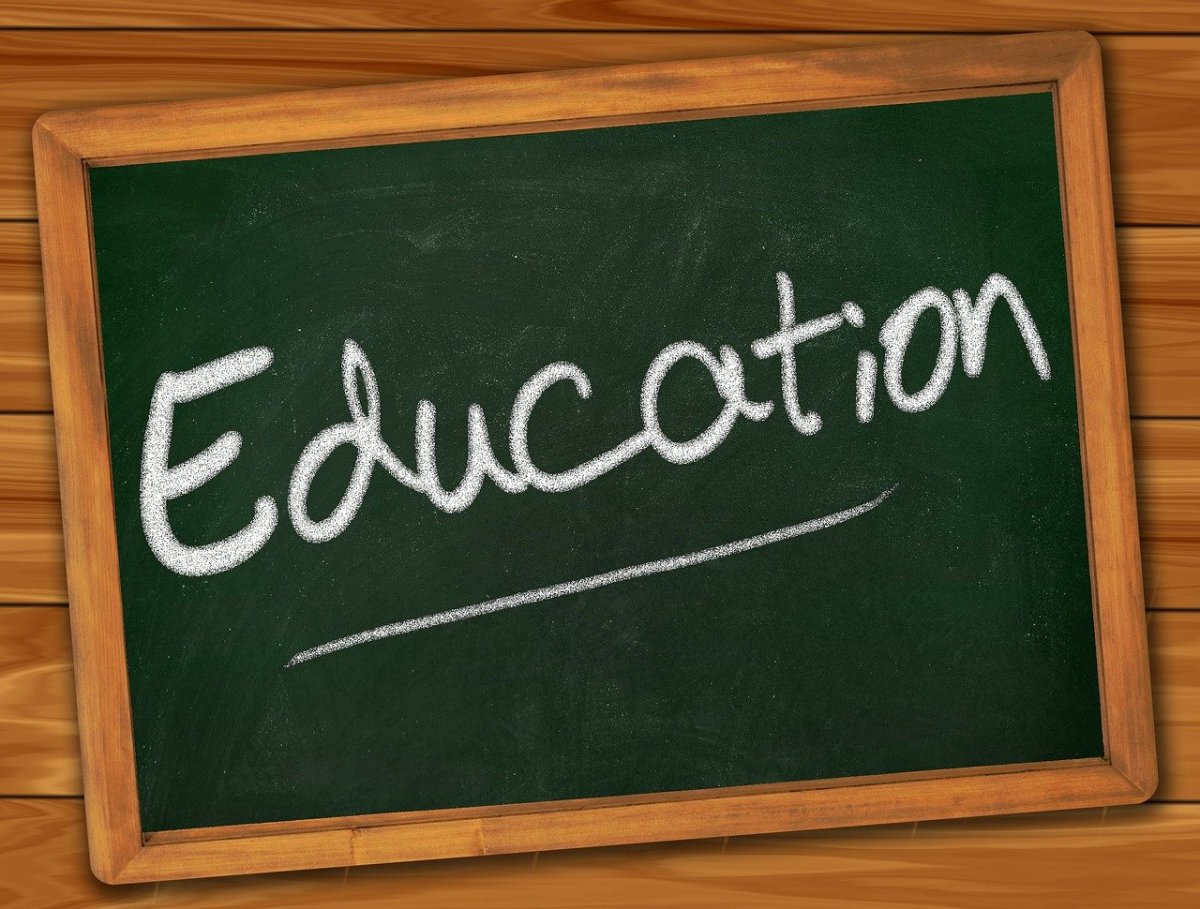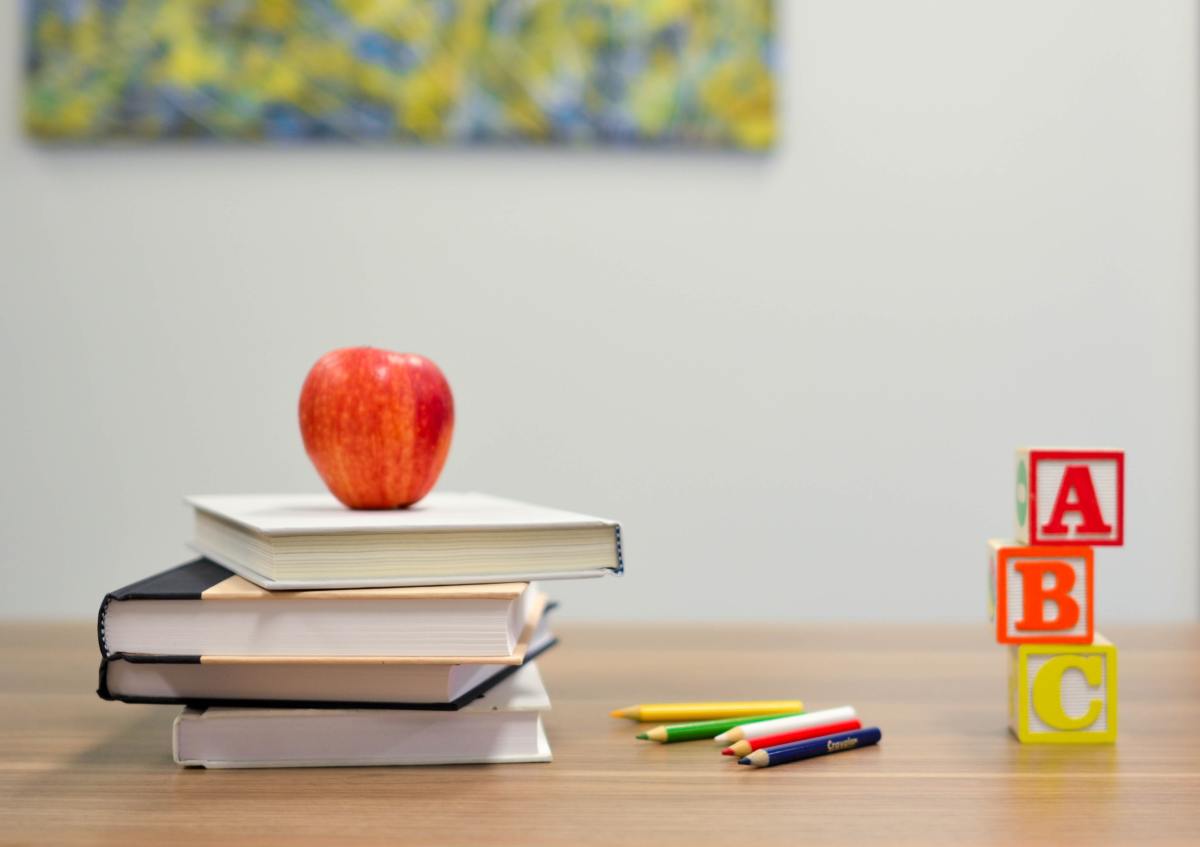What Should First Graders Be Expected to Learn???
SUMMARY: KIDS WANT TO LEARN
Start early. Teach more. Our brains are wired for learning.
OUR SCHOOLS OFTEN AIM LOW
The history of American education for the past 100 years has been an exercise in chipping away at content. Or, more commonly, hacking away. Our top educators are good at coming up with excuses for teaching less and less.
Children are in school for 1,000 hours a year, or 12,000 hours from K-12. With hardly any effort, children could learn a huge amount. Instead, schools provide busy-work but refuse to teach substance.
Just to turn this issue once again in the right direction, here’s a suggested list of what can be taught in the first grade, EASILY AND TO ALL STUDENTS.
Remember that kids are in first grade for what must seem to them a lifetime. Why add insult to injury by keeping them as ignorant on the last day as on the first day?
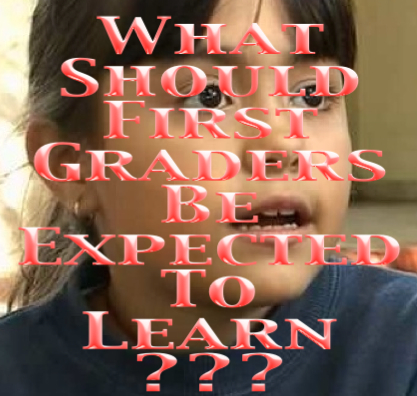
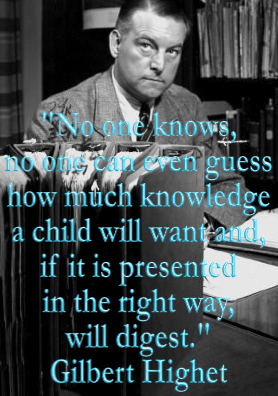
OFF TO A GOOD START
The small amount of information listed below could easily be taught (always with lots of visuals) in the equivalent of a single day. Then you teach it again a month or so later, again a month later, and so on. That way, at the end of the year, the children know this information with almost no effort. Meanwhile, each child is learning to read and count, so now you have a child whose education is truly off to a good start.
GRADE 1: THE MINIMUM
The Sun--actually it’s a small star--has eight planets going around it. The third planet from the Sun is called Earth. That’s where we live.
Closer, we see Earth has three oceans, Atlantic, Pacific and Indian. (In fact, the North Pole area is nothing but water and could be called the Arctic Ocean; but it’s almost always frozen so it’s not usually referred to as an ocean.)
Earth has seven continents: North America, South America, Europe, Africa, Asia, Australia, and Antarctica...
First-graders should know the city and state they live in, and two or three nearby states, especially the ones mentioned in weather reports and local news. They should know the names of their own country and the neighboring countries, Canada and Mexico.
History is most easily taught by explaining the holidays as they occur: Columbus Day, Thanksgiving, Groundhog Day, Presidents’ Day, etc.
General science: children learn that ice, water and steam are three states of same thing, and that water can become ice or heated to become steam. They know that snow falling out of the sky is the same as the ice in the refrigerator, and that the condensation on the window was the minute before invisible vapor.
Children should look at maps and diagrams whenever appropriate. One good example: a diagram of the classroom showing each desk, etc. (Maps, diagrams, drawings, and models are representations of something else. Practice with making and using such items is good preparation for almost every subject.)
That’s it.
This list is simply a reasonable minimum. Probably, a great deal more could be taught to most children in the first grade. As Gilbert Highet, a great teacher, said: “No one knows, no one can even guess how much knowledge a child will want and, if it is presented in the right way, will digest."
LET'S BE PRO-KNOWLEDGE
In the second grade, the same material would be taught again but with obvious additions--more countries, the names of rivers and mountains, more historical events, etc. In this way, the child’s knowledge base is widened and deepened in a coherent, systematic way.
Only one thing is needed to implement this simple plan, an Education Establishment that believes in education as the teaching of knowledge.
(This brief list can also serve as a handy litmus test. Educators who maintain that children don’t need to learn this material reveal themselves to be anti-education. They are the problem we are trying to fix.)
TEACH THE CHILDREN RIGHT
On my site Improve-Education.org I have a lot of articles about teaching. One is especially relevant here: "28: Tips For Helping Your Kids Do Better In School" (for ages 5-12).
On hubpages, the related articles are: THEY NEED TO READ--First Steps in Teaching Children to Read and Price's Easy Arithmetic For First Grade.
Do American Students Know Anything deals with the same theme--teach more, learn more.
What's the worst that can happen if you tell somebody about something new? They forget it. But probably not entirely. A trace remains. Then when you teach it again, they feel in control: Yeah, I've heard about that.
That's why the best strategy is to teach and teach again, as this video explains...
HOW TO TEACH ANYTHING
THE REASON FOR THIS HUB
You may wonder why this hub is even necessary. That would probably indicate that your children go to a good school where they have to learn basic information. Lucky you.
Our national tragedy is that we have so many public schools which do NOT require children to learn facts. There is much chatter and make-believe; but in truth the schools simply do not believe in knowledge. In the book "The Conspiracy of Ignorance" by Martin Gross, there is a seminal anecdote that tells you everything you need to know about the intellectual decline of our Education Establishment.
E. D. Hirsch was in California explaining his ideas about "cultural literacy." He had a meeting with principals and administrators at which he was asked what types of facts first-graders should know. Hirsch suggested the names of the three oceans. One of the participants asked what value this information had for the children? And here's the punch line: "No one at the meeting was willing to defend the idea of teaching such facts to young children."
Those principals and administrators are the problem, and the reason our public schools are so mediocre. But beyond the actual officials, there is the mentality, the educational philosophy, that has wrecked their thinking. So I find myself insisting over and over that facts are fun and knowledge is power! I believe that any school built on those two ideas will automatically turn out to be a good school. Pass it on.
ABOUT THE WRITER
Bruce Price is an author, artist, poet and education activist. His main site is Improve-Education.org but he also has 150 education articles, videos, and reviews on other sites.
